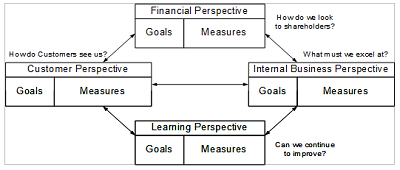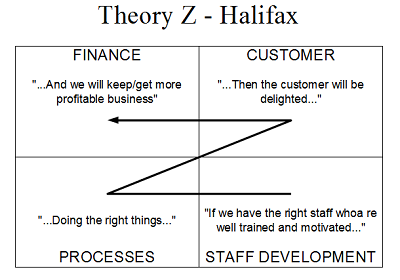Do marketing and business strategy fit together neatly like two complicated jigsaw puzzle pieces in the picture of “successful business management”?
Or do marketing and strategy overlap in a topic called “marketing strategy”?
It’s an interesting question and one that I picked up from the Harvard Business Review on an article called The Best Companies Combine Marketing and Strategy.
The Debate – Marketing or Strategy or Marketing Strategy?
It seems that the writer, Roger Martin has co-written a book called Playing to Win: How Strategy Really Works and one of the reviewers on Amazon agrees that it’s a good book but feels that the authors talk much more about marketing than they do about strategy. Roger argues that the distinction between strategy and marketing has dissolved.
Marketing grew out of sales and how a business could sell more products and services to more customers. Certainly the old copywriters used to talk about advertising as salesmanship in print or salesmanship multiplied.
Strategy developed out of military strategy and theory and how opponents could be beaten for the wanted territory, in this case the contents of the customers’ wallets and bank accounts.
This view of customers as something to win from competitors feels wrong. Unlike land that can be occupied, customers have decisions made by people who think and feel.
Yes some people can be manipulated by unethical marketers but as the saying goes “you can’t fool all the people, all the time.”
Roger says “Good marketing and good strategy are both about making choices that build and maintain a particular set of capabilities that enables the company to outperform its competitors with a particular set of customers. ”
I agree.
In my article, What Is Strategy, I define strategy as
“Strategy is how you achieve your own objectives by winning the hearts, minds and business of customers by out-thinking and outmanoeuvring competitors.”
In today’s world where supply exceeds demand, you must have the customer at the very centre of your strategy, your marketing strategy and marketing.
To ignore the customer is to commit financial suicide except for monopolistic situations or where an industry has been built up where virtually all suppliers ignore the wants and needs of customers and the customers, through ignorance and inertia, acquiesce to this terrible treatment e.g. financial services like banking, investments and insurance.
Personally I think it’s useful to think about how the customer impacts on the business as marketing strategy. There are certainly strategic issues that don’t directly impact on the customer (e.g. conglomerate diversification to reduce product/market risk) and marketing that is much more tactical than strategic in nature.
But if strategy steps too far away from thoughts about meeting current and future customer needs and wants, the business has a problem.
And marketing where tactics diverge from strategy to chase a quick buck also risk diluting the implementation of an effective strategy.
I wrote the Six Steps Profit Formula because I believe that strategy and marketing are often not joined up. Too often strategy issues are ignored in the rush to “do marketing” but marketing issues and how you can create and capture customer value are ignored in strategy work based around PEST Analysis and the Five Forces Analysis that can be too abstract.
Who Owns The Responsibility For Strategy, Marketing and Marketing Strategy
In my view:
- Strategy belongs to the board of directors and the senior executive management team. Those roles are often split in large companies but in smaller businesses, they are combined. Where split, I’d argue that the executive management develop the strategy and the board review and challenge it.
- Marketing tactics belong to the marketing managers and staff working with the sales management and staff if responsibilities are split.
- Marketing strategy belongs more to the senior executive management team than it does to the marketing department. In strategy workshops it’s essential that the voice of the customer comes through load and clear and that needs to be captured directly from customer and market research and from those people who spend most time listening to and dealing with customers.
It gets messy. If the marketing department’s responsibility is to use effective marketing tactics to implement the marketing strategy developed by senior managers and if things don’t work out as expected, then who’s to blame?
Is it the strategy that is wrong and needs to be changed?
Or is the strategy right but the implementation of it has been badly done, in which case there needs to be an improvement in tactics but the strategy itself remains valid?
This is where the role of the marketing director is important. He’s been the person who was involved in the development of the marketing strategy and has direct responsibility for implementing it through tactics.
How Do You Think Marketing, Strategy And Marketing Strategy Fit Together?
I’m interested to know what you think. Do you see a clear divide between marketing and strategy or do you see some overlap?
I suspect some business schools have modules where there is quite a clear divide. Others may well have significant overlap between their strategy and marketing modules.
What about in real life?




